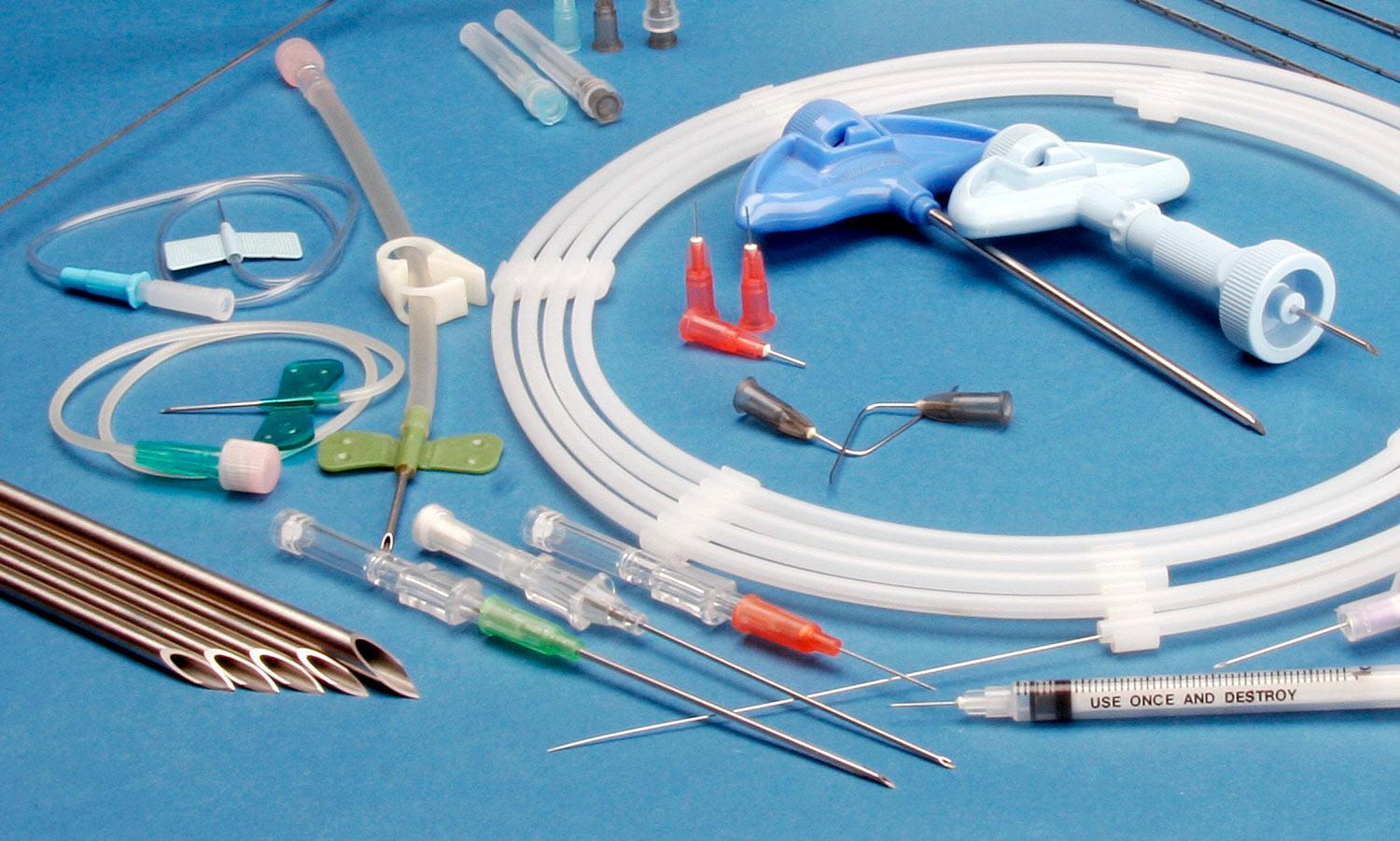Medical Metal Tubing plays a significant role in the field of orthopedics due to its unique properties and diverse applications. Orthopedics is a branch of medicine that focuses on the diagnosis, treatment, and prevention of disorders and injuries related to the musculoskeletal system. The use of metal tubing in orthopedic procedures offers several advantages, making it an indispensable component in this medical specialty. One of the key benefits of metal tubing is its strength and durability. The musculoskeletal system, consisting of bones, joints, ligaments, and tendons, requires robust support during the healing process. Metal tubing provides the necessary structural integrity to support and stabilize fractured bones, promote proper alignment, and facilitate healing. In orthopedic surgeries, metal tubing is often used in the form of implants, such as plates, screws, and rods, to fixate fractured bones and aid in the reconstruction of damaged joints.
Medical Metal Tubing exhibits excellent biocompatibility, meaning it is well-tolerated by the human body. It minimizes the risk of adverse reactions and infections, allowing for long-term implantation without compromising patient safety. The corrosion-resistant nature of medical-grade metals ensures their longevity within the body, providing lasting support and stability to the affected areas. Furthermore, metal tubing offers versatility in terms of size, shape, and material selection, catering to the specific requirements of orthopedic procedures. Different metals, such as stainless steel, titanium, and cobalt-chromium alloys, are utilized based on their mechanical properties, compatibility, and strength. The ability to customize the tubing allows orthopedic surgeons to tailor their approach to each patient's unique needs, ensuring optimal outcomes and patient satisfaction.
